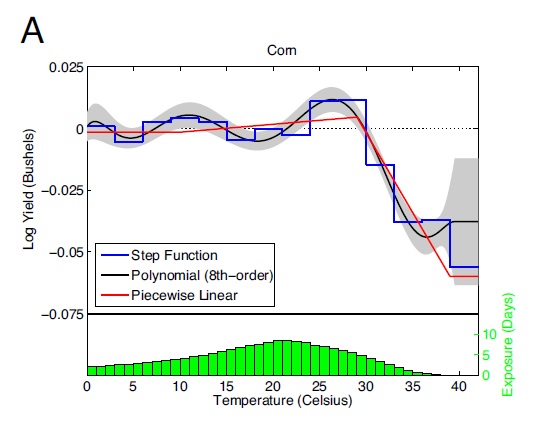It is not often that a stroke of a pen can quickly undo the ravages of nature, but federal regulators now have an opportunity to do just that. Americans’ food budgets will be hit hard by the ongoing Midwestern drought, the worst since 1956. Food bills will rise and many farmers will go bust.
An act of God, right? Well, the drought itself may be, but a human remedy for some of the fallout is at hand — if only the federal authorities would act. By suspending renewable-fuel standards that were unwise from the start, the Environmental Protection Agency could divert vast amounts of corn from inefficient ethanol production back into the food chain, where market forces and common sense dictate it should go.
From an excellent New York Times op-ed by Colin Carter, from the Department of Agricultural and Resource Economics at the UC Davis, and Henry Miller, a senior fellow at Stanford’s Hoover Institution.
Here is a telling series of numbers from the same op-ed:

